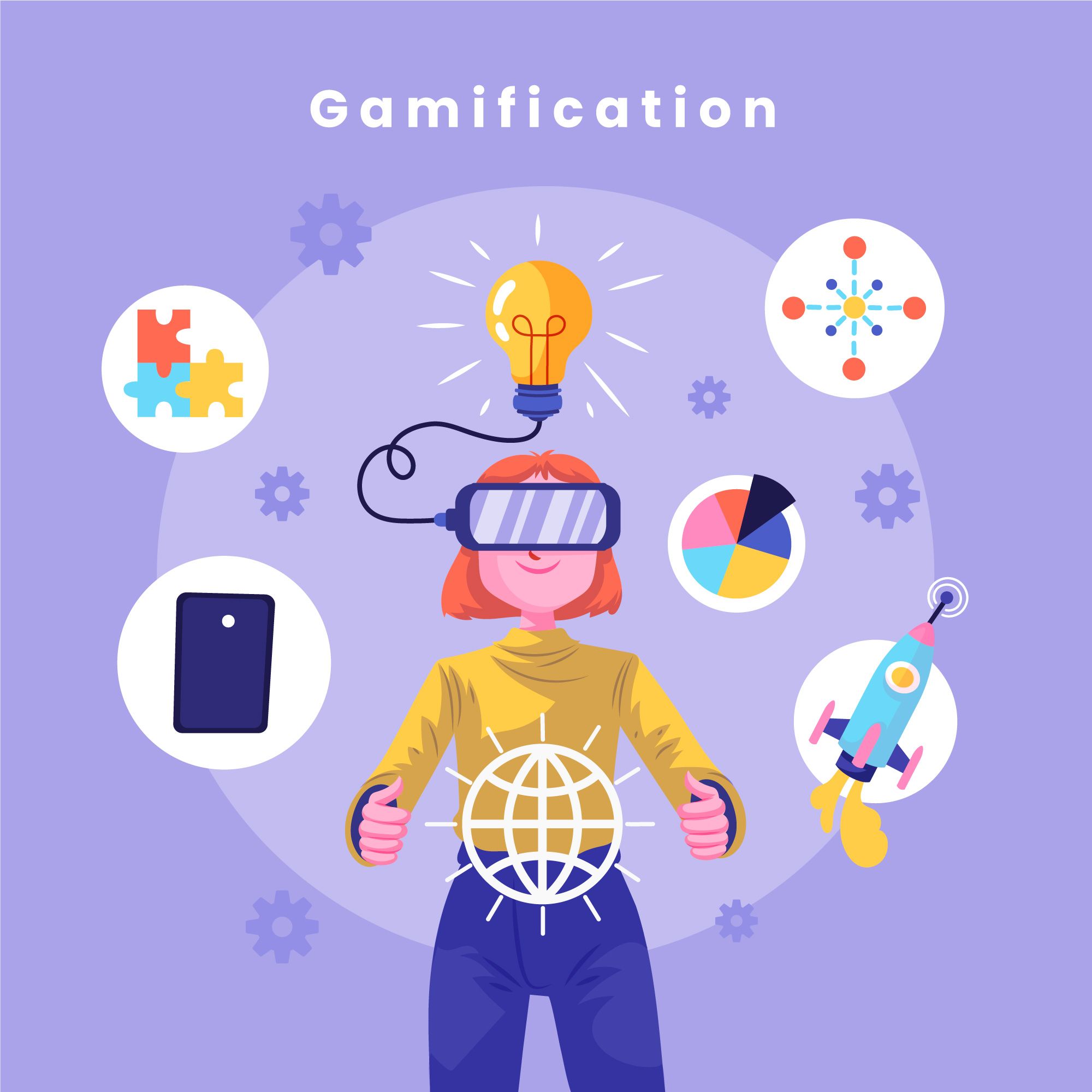Gamification in Banking

Image is from pexels.com by @Andrea De Santis
Gamification has become a buzzword in the video game industry, and marketing campaigns to increase user engagement. But it can also help financial institutions improve customer engagement. Banks understand that the market is not passive anymore. Therefore they need to create proactive strategies that encourage participation. Gamification is a compelling alternative because high-level gamers are inherently motivated.
Discover: Is Gamification And Game-Based Learning The Future of Education
Now, banks want to develop new approaches to offer fun experiences that will motivate customers to spend more time. Thus, institutions strive to apply gamification in banking services to get practical tools for influencing the decision-making process, enhancing customer engagement, making changes in operations and some corporate processes, and motivating customers and employees.
What is Gamification technique?
Gamification is a technique that makes work feel more like a game. It’s used to motivate people to do things they might not otherwise want to do, like make an appointment with a doctor or visit the dentist. Gamification can also be used in many different areas of life and industry.
Games have already made their way into the banking industry.
Games have already made their way into the banking industry. From the beginning, gamification was used to improve customer engagement, which is still a major goal of gamification today. However, there are also other ways that a game can benefit your company or business outside of just customer engagement. If you’re an entrepreneur looking for ways to implement gamification in payments into your business strategy, here are just some ideas:
- Encourage users to take certain actions by offering them rewards such as money or product discounts. This will keep them coming back again and again!
- Increase the amount of time customers spend on your website by creating challenges and tasks they need to complete in order for them to progress through levels (similarly as how one would do this with video games).
- Keep track of how many times someone completes a task or challenge so that you can see how well-received it was by customers overall.
Benefits of Gamification for the Banking
While making use of gamification finance might sound like a way to improve banking, in reality it has many more benefits. From customer engagement in banking and winning their loyalty to attracting more investments into your organisation, this list of benefits is packed with great reasons why you should consider gamification in finance.
Data
Banks that use gaming techniques to track their clients’ behaviour and analyse their preferences are more likely to retain customers. Understanding the process of user interaction with a website, app or other digital platform helps to optimise the overall banking experience of the customers.
Awareness
Banks now have a chance to teach their customers about new internal and external products, services, and changes that they have made. With the effective promotion of their products and services by gamification, banks can quickly spread information among their customers about these updates.
Enhanced customer engagement
Gamification increases customer engagement by making the mobile app more attractive. This leads to an increase in the amount of time that customers are on the app, more interactions with the bank’s services, and higher levels of engagement with the bank.
Digital transformation
Banking is changing and so is the way we interact with money. By understanding what customers expect, banks can combine digital ideas, new technologies, and human concepts to create a better experience for everyone. All of this starts with understanding what they want and giving them more of what they need.
Customer insights
The Moven bank is a new kind of financial institution that uses gamification to encourage clients to take their daily financial decisions into their own hands.
The bank has developed the CRED system, which keeps track of your money and uses artificial intelligence (AI) to help you make smarter choices. The result is that you have more control over where your money goes and how it’s used, and customers have control through financial gamification.
You can use the app or website to check in on your accounts at any time, or even set up automatic transfers so that money is moved around automatically based on certain criteria set by you. You could move money from one account to another when the balance hits a certain number, or when an expense comes due in a given month.
Examples of Gamification in Banking
1. Barclaycard US
Barclaycard US launched Barclays Ring, a social credit card gamification that allows cardholders to connect with each other. Common credit card features such as balance reporting and rewards programs are easier for customers to understand with game techniques.
2.BBVA
The banking experience is much more than just paying bills, transferring money and keeping track of accounts. It’s a whole new brand experience that needs to be tailored to the customer’s mobile lifestyle.
BBVA Game is a web app that teaches banking transactions and offers mobile banking app tutorials and explanations of how to pay taxes online. Clients complete tasks, thus earn points and spend them either to stream movies and download music or tickets to the theater.
3. Monobank
Monobank is a digital bank, where the main goal is to deliver personalized and innovative products to its customers. To do so, they use the principles of gamification by integrating video, graphics and UI elements into their mobile app.
Final Thoughts:
At the end of the day, gamification may not have a place in every kind of application or industry, but it is certainly worth considering as a new way to efficiently drive engagement with your users. The way gamification in fintech works is simple—instead of punishing users for doing things (like forgetting to check their account balance), it rewards them for completing desired tasks. By implementing game mechanics into processes that do not inherently feel like games (which obviously means banking for many, banks are effectively communicating two things:
- Daily banking isn’t as onerous as most people make it out to be, and
- Banking can be fun, if you do it our way.
In this sense, banks are creating an environment where even the most mundane banking activities (like checking your balance) can be found enjoyable, now banks leading the way in gamification and maybe even more so than other more traditionally engaging activities.
This article is republished courtesy of eVULX. For more information on gamification or experiential learning, please visit eVULX.
Functional
Tags: Digital
This article was written by eVULX content writers.





